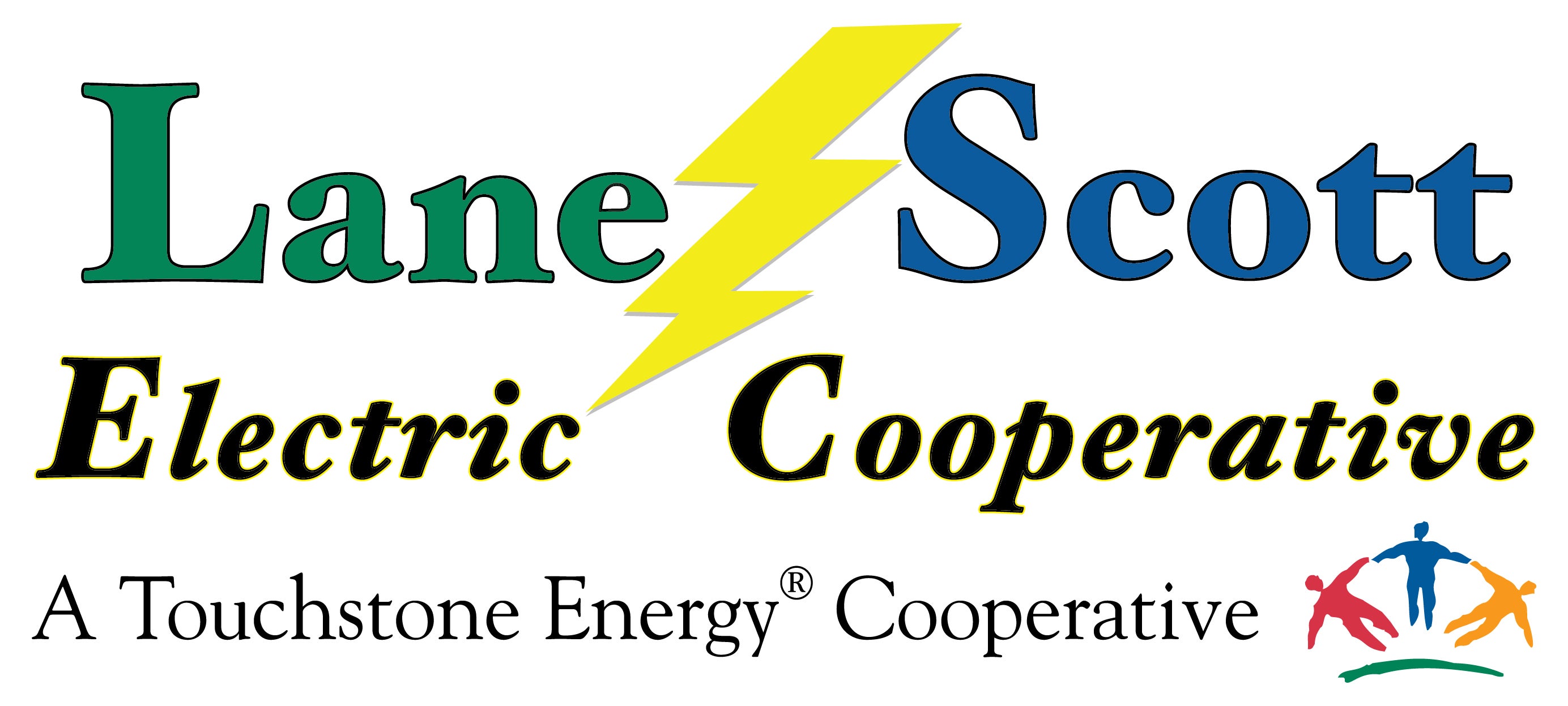Do-it-yourself projects can be overwhelming, and you can sometimes find yourself in over your head. However, that is never an excuse for not knowing what is actually over your head, as in overhead electric wires. Knowing where power lines and other potential hazards are should be part of the planning process for any do-it-yourself project.
Before starting a job, survey the area to find any power lines or other potential hazards. If you discover a possible hazard, take the proper steps to avoid it and make sure everyone involved in the project is aware of it. Other safety tips to keep in mind for do-it-yourself projects include:
- Use caution when using long tools like ladders, pool skimmers, and pruning poles to keep them from getting near power lines.
- Keep equipment and yourself at least 10 feet from power lines.
- Never trim trees near power lines. Leave that to the professionals.
- Never use water or blower extensions to clean gutters near electric lines. Contact a professional maintenance contractor.
- If it is raining or the ground is wet, do not use electric power or yard tools.
- Never use electrical appliances or touch circuit breakers or fuses when you are wet or standing in water. Keep electric equipment at least 10 feet from wet areas.
- Use only extension cords that are rated for outdoor use when working outside. Keep your work area tidy, and do not allow your power cords to tangle.
- Use heavy-duty, three-prong extension cords for tools with three-prong plugs. Never remove or bend back the third prong on extension cords. It is a safety feature designed to reduce the risk of electrocution or shock.
- Make sure outlets in garages and outdoors are Ground Fault Circuit Interrupter (GFCI) equipped outlets.
If you do find yourself in over your head, don’t just wing it, especially when it comes to working with electricity. Call a licensed professional to help you finish the job.
For more information on electrical safety, go to SafeElectricity.org.
